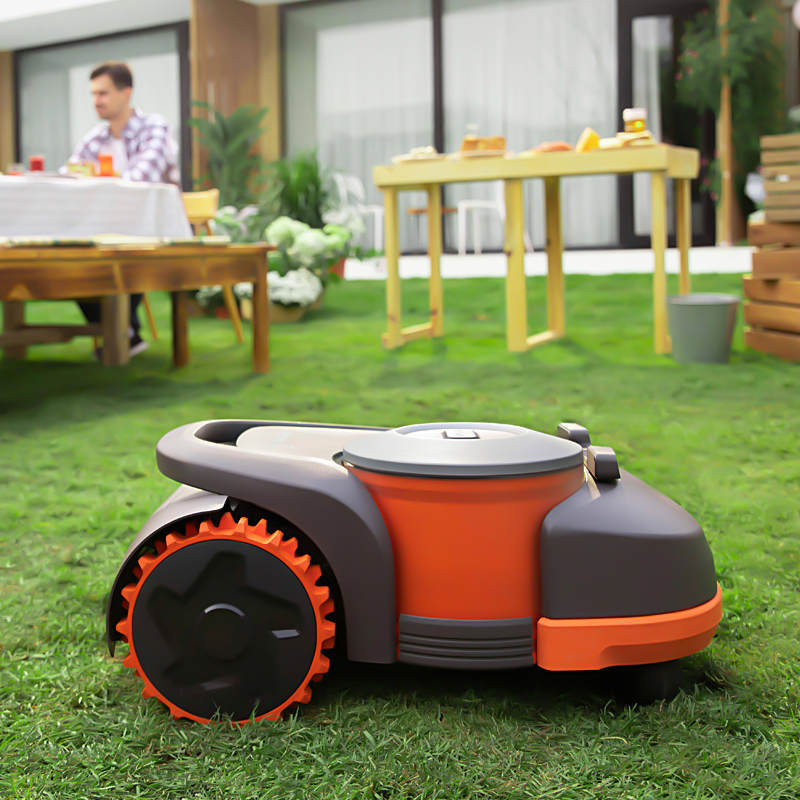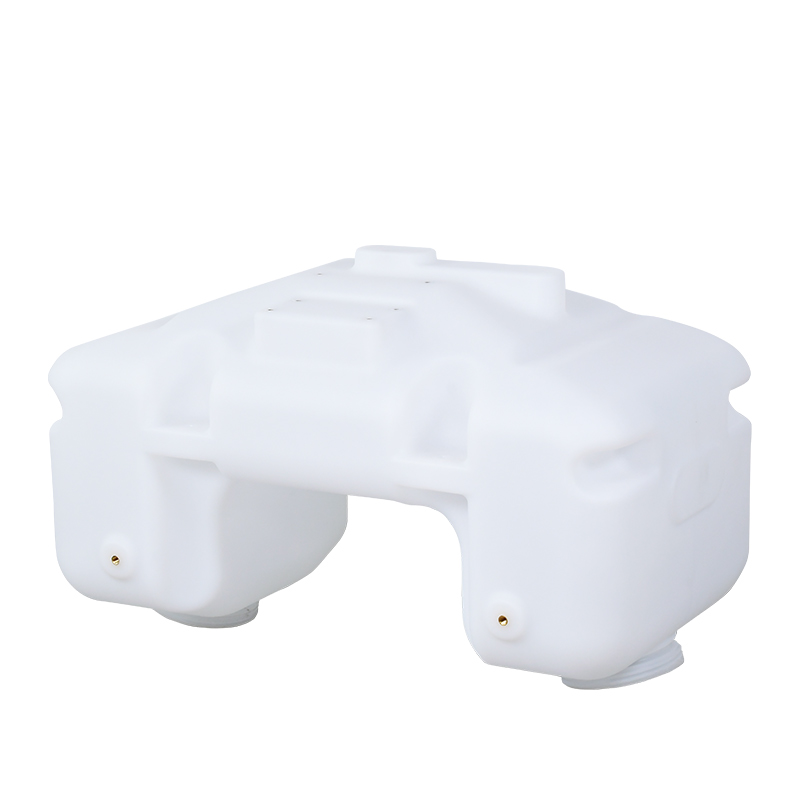Why Are Rotational Molding Processes Widely Used for Large Equipment Enclosures
 Jun 04,2025
Jun 04,2025

Why Are Rotational Molding Processes Widely Used for Large Equipment Enclosures?
Rotational molding (or rotomolding) has become a preferred manufacturing method for large equipment enclosures, such as those for industrial machinery, agricultural equipment, smart robotics housings, and outdoor enclosures. Here are the key reasons behind this choice:

Cost-effectiveness
Low mold cost: Rotational molding uses low-pressure molds, typically made of aluminum or steel. Compared to injection molding or blow molding, the mold structure is simpler and less expensive to manufacture. This results in lower initial investment costs for businesses, especially suitable for small to medium batch production. For example, the mold cost for rotational molding can be as low as 25%-50% of that for blow molding or injection molding.
Low material cost: The primary material used in rotational molding is polyethylene resin powder, which is relatively inexpensive. Additionally, the process allows for minimal material waste, as excess material can be recycled and reused, further reducing material costs.
Superior product performance
Seamless construction: Rotational molding produces a one-piece, seamless equipment housing without joints or seams, eliminating potential weak points caused by welding or bonding. This enhances the overall strength and reliability of the housing, reduces the risk of cracks or leaks, and improves its resistance to impacts and pressure. It ensures the housing maintains good performance in harsh working environments.
Uniform wall thickness: During the rotational molding process, the mold rotates slowly on two perpendicular axes as the plastic resin melts and coats the mold walls. This ensures uniform wall thickness, eliminating thin or thick areas that could compromise structural integrity. Uniform wall thickness helps distribute stresses evenly during equipment operation, preventing localized stress concentration and extending the service life of the housing.
Excellent durability: The materials used in rotational molding, such as polyethylene, offer high strength, toughness, and chemical resistance. They also have good weatherability and aging resistance, enabling the housing to withstand prolonged exposure to the elements, chemicals, and other harsh conditions. Rotomolded housings can maintain their performance and appearance over extended periods of use.
Design flexibility
Complex shapes: Rotational molding can produce complex-shaped equipment housings that are challenging or impossible to achieve with other molding techniques. It can accommodate curves, angles, and intricate contours to meet the specific structural and functional requirements of large equipment. For instance, it can create housings with integrated ribs, bosses, and protrusions, enhancing strength and stiffness while reducing weight. This flexibility allows designers greater creative freedom.
Customizable features: The rotational molding process allows for the incorporation of various functional elements, such as metal inserts, threaded inserts, and mounting brackets, directly into the mold. This eliminates the need for secondary processing steps, improving production efficiency and reducing costs. Additionally, the surface of the housing can be designed with textures, patterns, or logos to meet aesthetic and branding requirements.
Material adaptability
A variety of materials can be used in rotational molding, including high-density polyethylene (HDPE), linear low-density polyethylene (LLDPE), polypropylene (PP), and polyvinyl chloride (PVC). Each material has distinct properties, such as HDPE’s high strength and chemical resistance, and PP’s lightweight and heat resistance. This enables manufacturers to select the most suitable material based on the specific requirements of the equipment housing, such as strength, temperature resistance, and chemical resistance, ensuring optimal housing performance.
Low - Volume Production Suitability
Rotational molding is well - suited for low - volume production runs of large equipment enclosures. Unlike injection molding, which requires high - volume production to be cost - effective due to the high cost of tooling, rotational molding can be a more economical option for smaller production quantities. This is particularly beneficial for manufacturers of specialized or custom - made large equipment. They can produce the required number of enclosures without the need to invest in expensive tooling for mass production. It also allows for greater flexibility in product design and modification, as changes can be made to the mold relatively easily and at a lower cost.
Production process advantages
Short cycle time: After the mold is prepared, multiple rotomolding machines can operate simultaneously to produce multiple housings in parallel. This significantly reduces production cycle times and improves efficiency, enabling faster delivery of products to meet market demands.
Energy efficiency: Rotational molding is an energy-efficient process. Unlike injection molding or blow molding, it does not require high-pressure equipment or large amounts of energy. The process primarily relies on heating and rotating the mold to melt and shape the plastic resin, consuming relatively low energy. This aligns with modern manufacturing’s focus on energy conservation and environmental protection.
Environmental benefits
Low waste generation: Rotational molding produces minimal waste material. The plastic resin is precisely measured and loaded into the mold, with little excess material left after forming. Any scrap or leftover material can be reground and reused, reducing waste and lowering environmental impact.
Recyclability: The materials used in rotational molding, such as polyethylene and polypropylene, are recyclable. At the end of their lifecycle, rotomolded housings can be recycled and reprocessed into new plastic products, contributing to a circular economy and sustainable development.
The above benefits make rotational molding process a preferred choice for manufacturers in various industries, ensuring that their large equipment is well - protected and meets the specific requirements of their applications.
Want to know more about rotational molding? Drop us an email at roto@lightvenus.com or send us a message through our online chat - we're happy to help!
 Tel: 0086-13632687993
Tel: 0086-13632687993  Email: roto@lightvenus.com
Email: roto@lightvenus.com

 Home
Home How to Prevent Warping During the Cooling in Rotational Molding Process
How to Prevent Warping During the Cooling in Rotational Molding Process  You May Also Like
You May Also Like



 Tel
Tel
 Email
Email
 Address
Address








